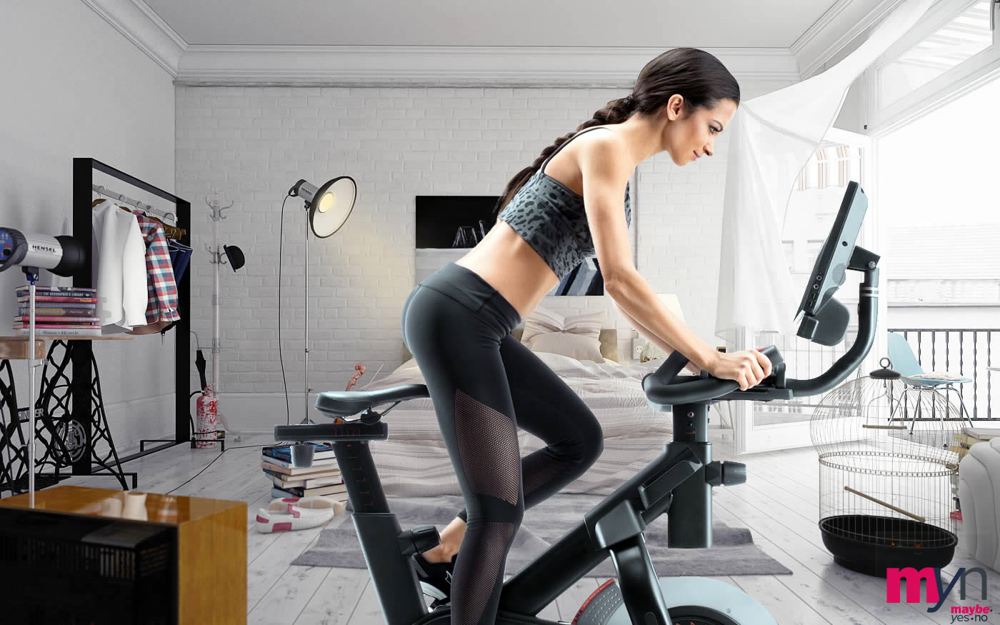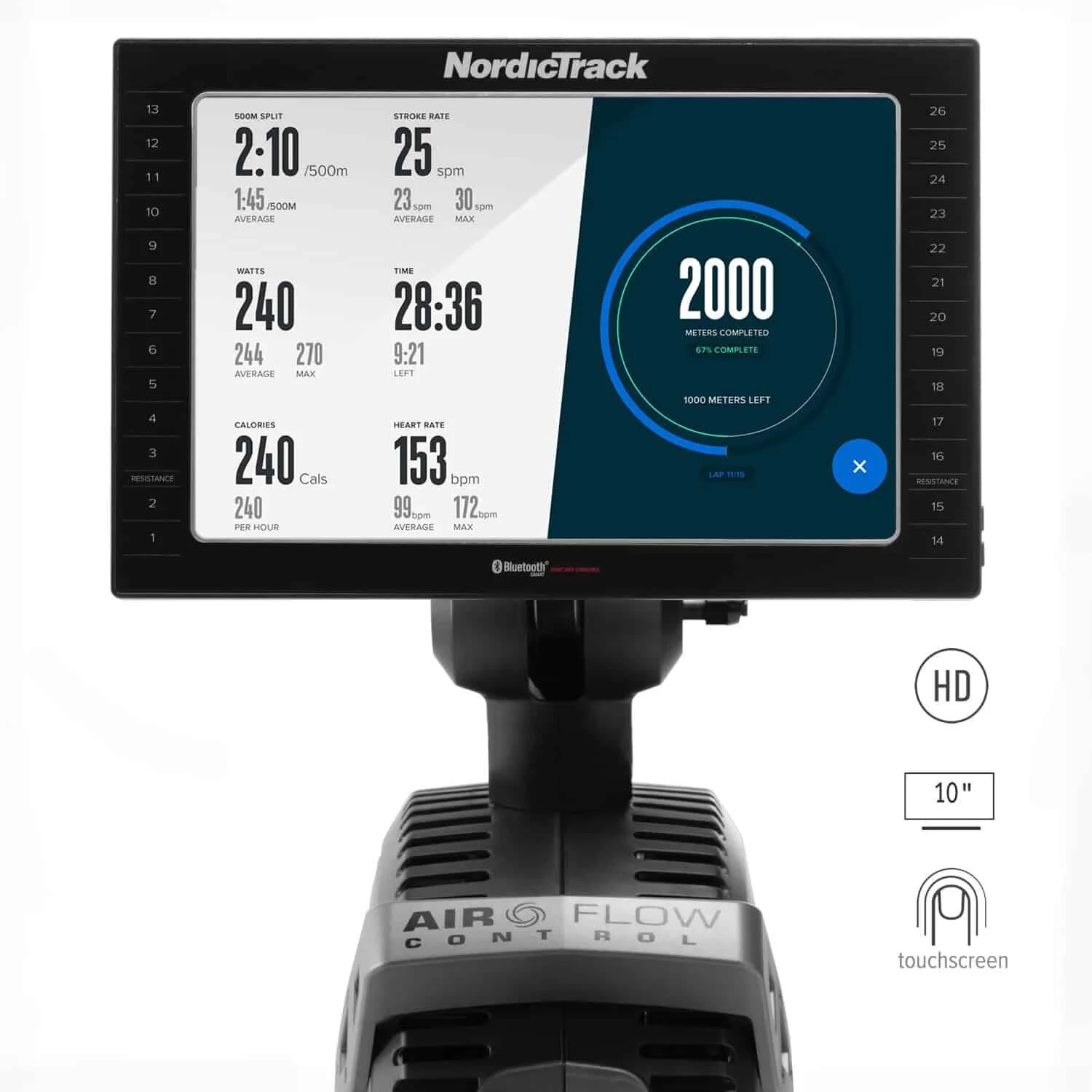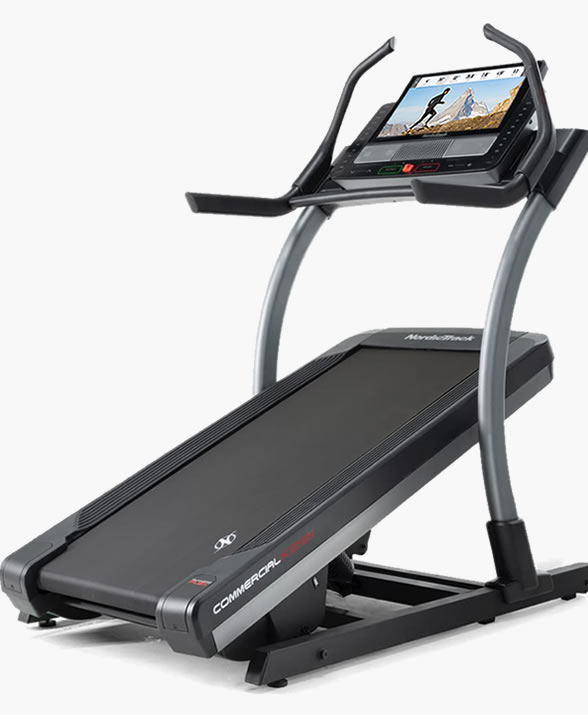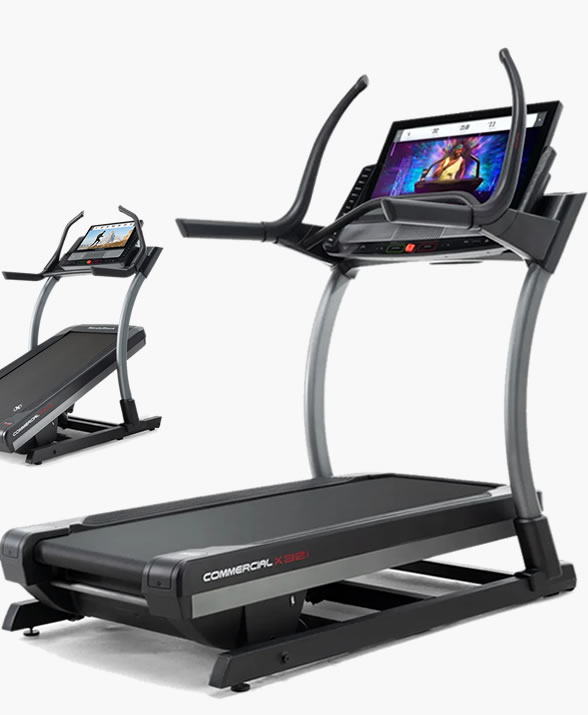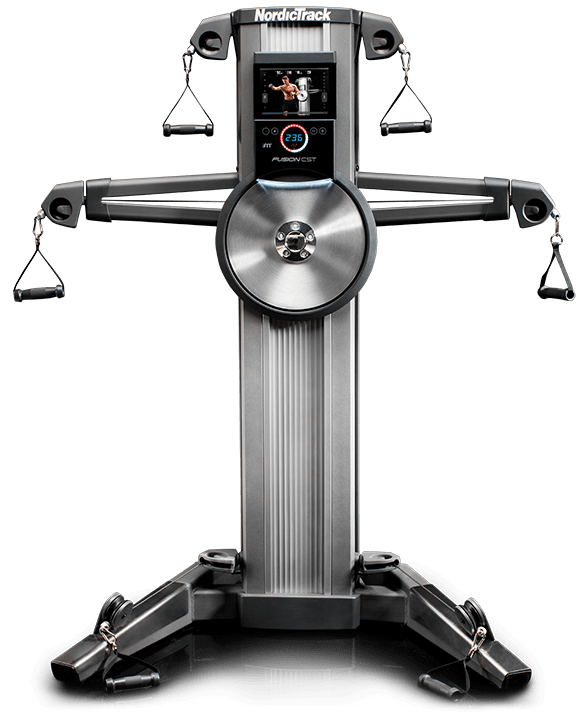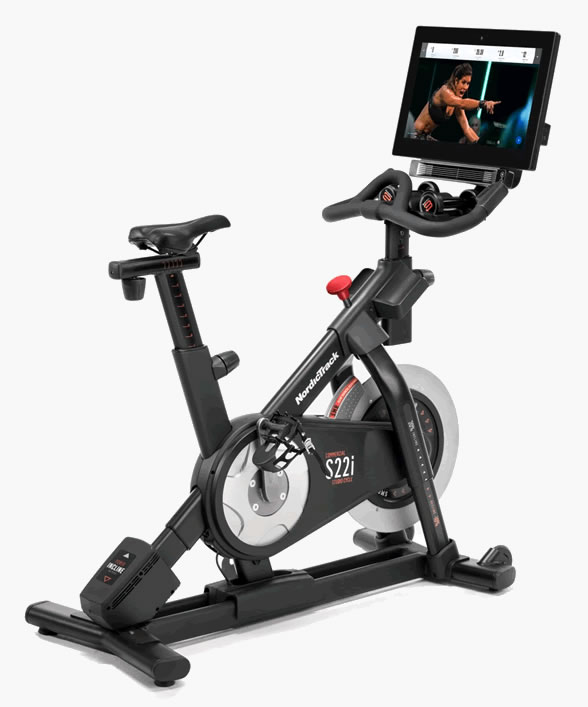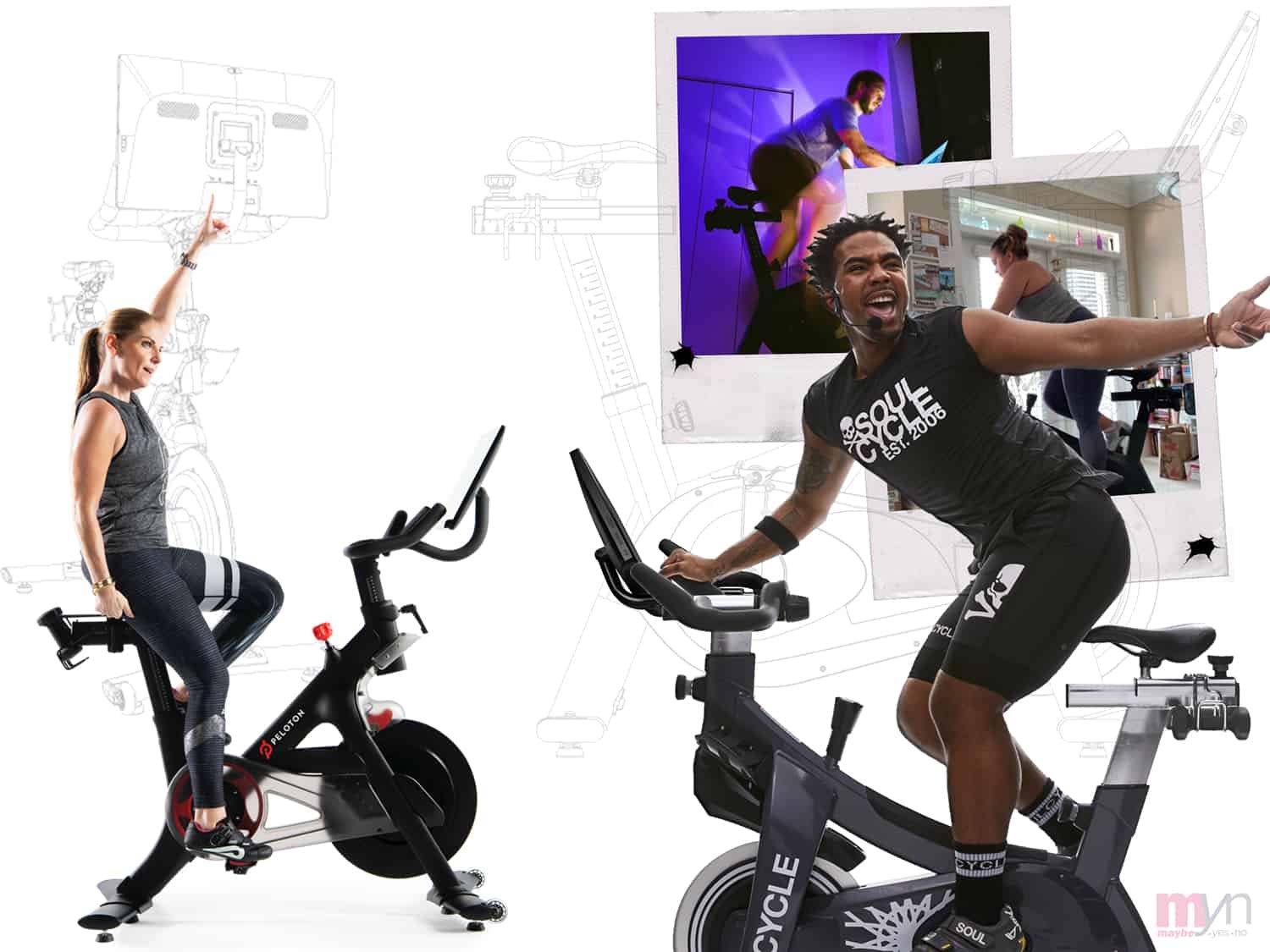Rowing is Good for You — it’s a Total Body Workout
WHY BUY A ROWING MACHINE
In this article, we discuss the benefits of rowing. Its correct form, key statistics to watch for, and end recommending some great rowing machines below to consider.
Rowing is one of the most effective cross-training Cardio + Strength workouts because it provides a full-body, low-impact exercise, engaging over 85% of your muscles, almost double the amount used in cycling. With the motion of the rowing stroke, you are effectively doing a squat, crunch, and push-up each time you row. Essentially twice the percentage of muscles engaged compared with biking, spinning, or running.
Burn up to 50 percent more calories by adding a rowing workout to your fitness routine while strengthening nearly all the muscles from your shoulders to your calves. Rowing is an excellent complement if you're a runner or are into cycling and Spin Bike workouts as rowing provides a full-body, low-impact exercise and can dramatically increase your endurance.
Compliment Treadmill and Spin Bike Sessions
A rowing workout roughly comprises 60% legs, 20% core, and 10% arms and shoulders — So a rowing machine is a good option to change up you're training because it provides an equivalent cardio workout to a treadmill, while strengthening your core, and for the most part is impact-free.
Rowing requires equal effort from your upper and lower body, cardio fitness, and endurance to workout stroke after stroke. It's good for fat loss, too. You will burn an equivalent number of calories to jogging a 12-minute mile. For those who do not like to run indoor rowing is a good overall exercise potion.
Rowing Strengthens all your Body Muscles
HOW AN INDOOR ROWER BENEFITS YOU
Rowing is a great option to build stronger abdominal muscles. A rowing machine benefits the abs by constantly engaging the core throughout every rowing stroke, and its motion is a full-body fat-burning movement.
Rowing will help tone the muscles in your back and train your leg muscles including, the glutes, hamstrings, and quads, plus provide a powerful workout for your upper body. When you pull your body back, your shoulders, arms, and back have to work.
The continuous rowing motion engages your entire body, boosting your heart rate, giving you an aerobic power workout, as well as increasing your strength, stamina, and endurance.
NordicTrack Rowing Machines
Recommend Rower Series
Nordictrack Rowing Machine Series with 7 to 24-inch HD touchscreens with trainer-led workouts
RW900 iFit rowing instructors guide you through the strokes in the Studio or on the water
Classic Rowing Stroke [with correct form] Sequence
This entire rowing motion should be a smooth, fluid continuous movement. One objective is to develop and rhythm and a flow that is repeated stroke after stroke time after time. A good target stroke rate (measured as “strokes per minute” or SPM) for most workouts will be in the range of 20–26 SPM. With practice you will improve on this and be able to add intensity to which you row. It can help to have a mirror so you can watch and adjust your form. Form is important as the correct form will allow your rowing stroke to become easier and more efficient. Let’s break it down. Though we divide the rowing motion into four parts, there really is no beginning or end – it’s a continuous flowing motion.
Sequence and each Stage of the rowing Stroke and form broken down - see video below
Legs, Body, Arms | Arms, Body, Legs
1. Start in the “Catch” Position, the beginning part of the rowing stroke, with your knees bent at a 90° angle, head up, back angled forward and tall with your arms extended out completely forward and check the chain is parallel with the rower, when holding the handle.
2. The power phase of the stroke is called the Drive. Push quickly through with your legs, then begin to hinge your body back slightly. Once your torso is leaning back at about a 45°s (11 0’clock) and your legs are almost fully extended, pull the handle flat through to your chest or abs, keeping your elbows lifted.
3. The final part of the rowing stroke is the “Return or Finish” phase. Your back should be straight-up leaning back at roughly a 100° angle, head up and elbows just past your body with the handle held just under your chest.
4. The Recovery. Release your arms by straightening them; then, your torso follows. Finally, your knees bend and take you slide gently back to the starting “Catch” position.
VIDEO | THE ROWING STROKE BROKEN DOWN
… then REPEAT STROKE rowing motion
TIPS: BE STRONG & QUICK IN THE DRIVE & SMOOTH & RELAXED ON THE RECOVERY. One of the best ways to improve is to spend two or three minutes practicing the correct sequence and form at the start of each session to perfect your stroke technique – plus you get in a good warm up in.
Watch the short video above for a good rowing form introduction.
ROWING STATS TO MEASURE
NordicTrack RW700 Rower built-in console displays WATTS, Stroke count, 500-meter split time, distance and calories burned
– SPLIT TIME
The “Split” refers to how much time it would take you to cover 500 meters. It is your 500-meter pace commonly referred your “Split time,” So for example, if you are holding a 1:45 split, then it will take you 1 minute, 45 seconds to cover 500 meters. Getting started? Split times around 2 minutes/500 meters is a good start. You can take your split time and convert it to a Watts power number, a 2 minute/500 meters equals 200 Watts. You should aim to keep your 500-meter pace consistent throughout your row.
– STROKES PER MINUTE (Rhythm or Pace)
A good target stroke rate (measured as “strokes per minute” or SPM) for most workouts will be in the range of 20–26 SPM. Practice holding a specific SPM for an extended period of time. At first it will be unfamiliar, but as with any new training if you persist you will quickly improve and develop a rhythm. You begin to know what a 24 SPM feels like. This is where iFit really stood out for us with its iFit rowing instructors — for instance, listening to iFit trainer and rowing Olympian, Alex Gregory, take us through a Baseline row, Beginner Strength Building, on Dorney Lake, England — he explains technique and the pace, as he kicks up the resistance describing what it means and how it should feel.
– WATTS
Watts refers to the amount of power you expend in a single stroke. The higher your watts go, the more powerful your strokes are. Generally, higher wattage comes with lower split times. If you’re exerting more power through the drive, you’re theoretically pushing the boat forward faster. The simplest way to increase your watts is to keep your stroke technique correct. This takes a little time and practice, so don’t worry if you’re not always getting it right.
““One of the best ways to improve is to spend two or three minutes practicing the correct sequence and form at the start of each session to perfect the rowing technique – plus you get to warm up. ”
– TOTAL DISTANCE
– CALORIES BURNED
SO IN THE END ── Final thoughts
Indoor Rowing is a terrific full body workout because the motion is a full-body exercise that can help build and tone muscles, improve cardiovascular function and increase stamina.
Using a rowing machine is low-impact being easy on joints and burns loads of calories – so, if one of your wellness goals is weight loss, rowing is a worthwhile cross-training exercise to begin your fitness journey or to add variety to your current workout routine. If you dislike running and are not a bike fan but need a well-balanced exercise program to stay in fit or lose some weight you won't be sorry with the results from rowing once, you master the stroke technique. Just Stay with it!
NORDICTRACK RW700 ROWER
NordicTrack RW700 –This rowing machine’s design allows it to easily be stood-up for storage / space savings when you are not using it. Powered by iFit the RW600, RW700 and RW900 rowers have rowing sessions specifically created for an all-body workout, rowing side by side with elite iFit trainers who set the pace and provide guidance as you row. You can select different rowing locations to row on, length of workout, and pick your instructor to row with, either in the studio or on scenic rivers and spectacular waterway destinations. Really Cool!
NordicTrack RW700 Rowing machine - with space saving design and iFit Pro Coaching connected-fitness to allow you to train or just row along great waterway and river destinations at your own pace
All the latest NordicTrack rowing machines come with HD touchscreens that are powered by iFIT Pro rowing classes, while at the same time syncs with your strokes, adding and reducing resistance while capturing your workout data to track progress. If you prefer a wider touchscreen, then checkout the RW700 and RW900 with a 10-inch or 22-inch HD display respectively.
We also tried our iPad using the iFIT app downloaded from the app store which worked really well and easily paired via Bluetooth with the older RW500 model.
NORDICTRACK RW900 ROWER
Read New NordicTrack RW900 Rower Review with its full HD 24-inch touchscreen. Pictured above iFit Trainer and rowing Olympian, Alex Gregory, leads the way and sets the pace for segments of a rowing workout
Original RW900 Rowers
on Amazon
| mins | Workout Type | 500 Meter Pace | Stroke / min | RPE* |
|---|---|---|---|---|
| 0-3 | Warm-up | 2:30 | 16-18 | 3 |
| 3-6 | Row | 2:14 | 20-22 | 5-6 |
| 6-8 | Row | 2:12 | 22-24 | 6 |
| 8-9 | Row | 2:10 | 24-26 | 7 |
| 9-10 | Stretch | - | - | 3-5 |
| 10-14 | Row | 2:12 | 22-24 | 6 |
| 14-17 | Row | 2:10 | 24-26 | 7 |
| 17-18 | Row | 2:08 | 26-28 | 8-9 |
| 18-20 | Cool Down | 2:30 | 16-18 | 3 |
*RPE stands for “Rated Perceived Exertion” and essentially is a numerical way to rate how difficult the exercise feels while you perform it. 1 being easy and 10 being all out.
